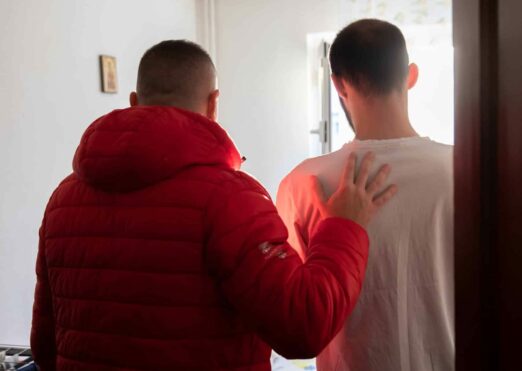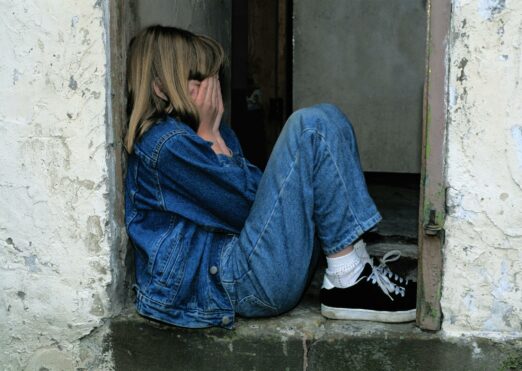Groundbreaking victim identification guidelines rolled out across Bangladesh
September 1, 2023
Critical new guidelines that will help identify countless modern slavery victims are being circulated across Bangladesh after Justice and Care drafted them on behalf of the Government.
Systemic change will be driven as law enforcement nationwide adopts the guidance that will result in the more effective prosecution of trafficking cases and more survivors recognised and referred to support.
The guidelines will help police and Border Guard Bangladesh (BGB) to improve their ability to identify trafficking victims, leading to increased interceptions and more victims brought to safety.
Currently, many people who have been trafficked are plagued by chaos and delays in the court system when they seek justice and support – with some waiting nearly a decade for their trial to conclude.
In 2020, the Government of Bangladesh invited Justice and Care to analyse the backlog of human trafficking cases in the Bangladesh court system on their behalf. More than 4,500 cases were pending at that time, many for more than eight years.
Our team undertook a detailed analysis of a sample of over 300 cases in a bid to understand the problems and produced a number of critical insights for the Government, which have since informed our prosecution programming in Bangladesh.
We found that many genuine victims were not being identified as such, while other cases that were not human trafficking were being incorrectly identified and congesting the court system.
After presenting our findings to the Government, we proposed that Human Trafficking Crime and Victim Identification Guidelines should be produced for law enforcement across the country. The Government agreed, and requested that Justice and Care draft this document on their behalf.
Using our extensive expertise, and consulting a number of different branches of law enforcement agencies and ministries, we drafted clear and practicable guidelines.
After being evaluated by multiple Government departments, they were piloted with several branches of law enforcement in various districts to prove they worked.
A prosecutor used the guidelines, as well as learnings taken from a Justice and Care Capacity Building Trainings for Prosecutors session, to prepare his arguments in a case in which a newborn had been rescued after being kidnapped from hospital to be trafficked.
A married couple was convicted and handed prison sentences of ten and five years after the guidelines helped the prosecutor to demonstrate that the elements of human trafficking were clearly present.
The response from law enforcement has been extremely positive, stating: ‘The guideline clearly distinguishes human trafficking from human smuggling, identification of genuine trafficking cases will lead to effective prosecution of the traffickers.’
The guidelines received unanimous support from members at the National Human Trafficking Control Authority in August and have now been officially endorsed by the Government.
Tariqul Islam, Justice and Care’s Country Director for Bangladesh, said: ‘This is an incredible achievement for Justice and Care to help shape law enforcement’s response to human trafficking across the country.
‘We are proud to work with the Public Security Division of the Ministry of Home Affairs, Bangladesh, in this huge step forward for victims. We will follow up to ensure the guidelines are being effectively utilised on the front line.’


